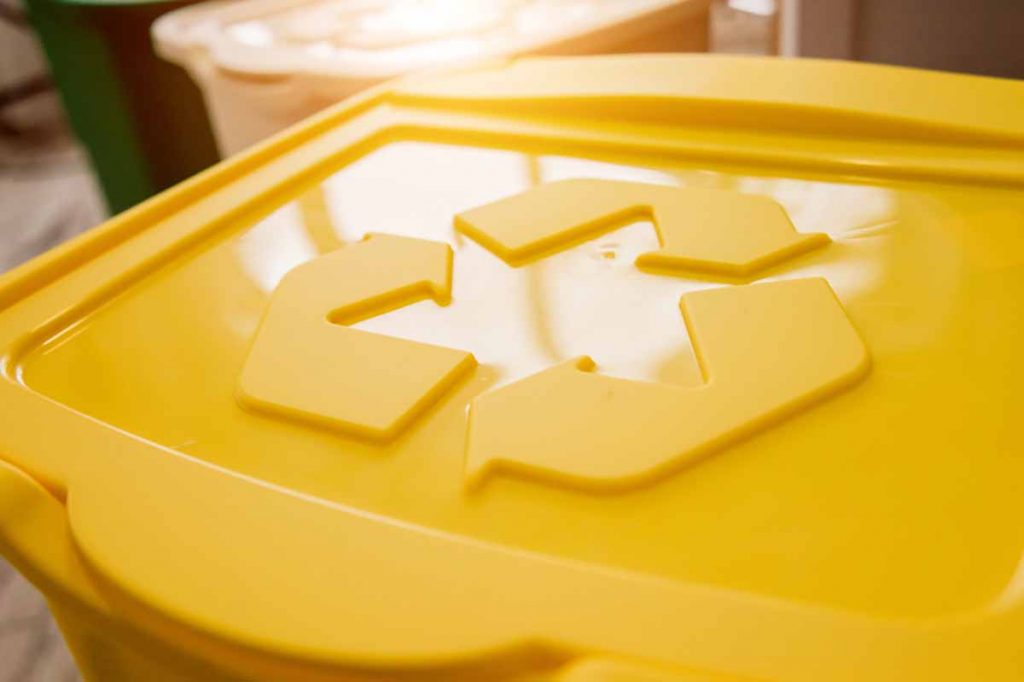
Researchers at the Institute for the Advancement of Food and Nutrition Sciences found that recycling rates were higher in countries with EPR systems in place. | Roman-Zaiets/Shutterstock
A team of researchers at Iowa State University reviewed extended producer responsibility laws in several countries and concluded that the programs overall strengthened recycling.
The team, supported by the nonprofit Institute for the Advancement of Food and Nutrition Sciences, reviewed 105 references to extended producer responsibility (EPR) policies in the U.S., Canada, European Union and China. They found that “countries with established plastic EPR regulations and landfill bans often possess higher recycling rates,” a press release noted, because they have a “reproducible and predictable source of post-consumer plastics.”
Khairun Tumu, lead author of the study, noted in the press release that EPR “holds significant potential in elevating the quality and quantity of recycled plastics while refining the purity of the waste stream by minimizing mixed waste entry.”
“It creates more fields for post-consumer feedstock applications, particularly in the food contact materials or food packaging realm, ensuring the production of safer, compliant recycled materials as regulatory compliance is necessary for this sector,” Tumu added. “On the other hand, EPR schemes grow consumer involvement in recycling by enhancing consumer-producer interaction through offering incentives or return systems.”
The researchers concluded that “significant change” is also needed in both collection and product design to “maximize recovery, increase recycling rates and improve overall environmental, human and animal health.”
The study noted that the COVID-19 pandemic generally increased both residential waste generation, from 15% to 25%, and the cost to residents and municipal governments.
However, “countries with mandated EPR systems and landfill bans/tax application possess higher recycling rates, improved recycled product quality and reduced sortation costs,” the report noted.
Using a combination of EPR, single-use plastic bans, taxes on plastic use and shifts to reusable packaging is the most effective way to reduce the amount of material sent to landfill, the report concluded.
“Transparency of waste generation, recycling rates and landfilling is a crucial step to understand the impact of new and existing EPR systems over time,” the study noted. “To develop successful waste reduction and increased recycling policies, a combination of government mandates (landfill bans, taxable waste discard at landfills) and market-driven solutions (container refund policy) need to work collaboratively to be effective.”

